
Laura Bukavina, MD, MPH, MSc, recapped a debate at SUO 2025 on how to appropriately classify high-grade bladder tumors.

Laura Bukavina, MD, MPH, MSc, recapped a debate at SUO 2025 on how to appropriately classify high-grade bladder tumors.

Mohit Khera, MD, MBA, MPH, recaps key takeaways from an FDA expert panel discussion on testosterone replacement therapy for men.
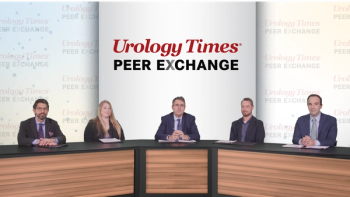
Panelists discuss how closing real-world evidence gaps through inclusive research and advanced data integration will refine sequencing strategies and improve outcomes for patients with mCSPC.
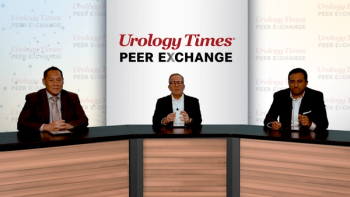
The expert faculty review the phase 3 POTOMAC trial, presented at ESMO, which evaluated durvalumab combined with Bacillus Calmette–Guérin (BCG) in patients with high-risk, BCG-naïve non–muscle invasive bladder cancer (NMIBC).

Aleece Fosnight, MSPAS, PA-C, argues that incontinence must be understood as a common, treatable medical condition rather than a personal failure or an inevitable part of aging.

Panelists discuss how multidisciplinary collaboration and integration of RWE with NCCN guidelines strengthen ARPI adherence, sequencing, and continuity of care for patients with mCSPC.

The expert faculty review the pivotal phase 3 CREST trial, which evaluated subcutaneous sasanlimab in combination with Bacillus Calmette–Guérin (BCG) for BCG-naïve, high-risk non–muscle invasive bladder cancer (NMIBC).

Fed Ghali, MD, discusses the potential opportunity to de-escalate therapy in patients receiving perioperative EV/pembro.

Gal Wald, MD, highlights patient-reported outcomes from a phase 2 trial of intravesical gemcitabine plus BCG for patients with BCG-exposed high-grade NMIBC.

Explore the complexities of treating mCRPC with personalized immunotherapies, addressing comorbidities and patient response challenges.

Healthcare professionals discuss adapting treatment guidelines based on genomic testing, emphasizing early detection and personalized care for high-risk patients.
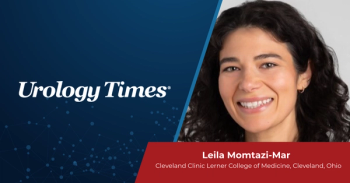
Another critical research need involves understanding the effects of exogenous testosterone.

Sameena A. Rahman, MD, said she anticipates that the regulatory stance may encourage more clinicians to adopt a layered therapeutic approach for patients with severe GSM.

Lin Lin, MD, highlights a phase 2 trial of neoadjuvant SAbR followed by surgery in patients with newly diagnosed renal cell carcinoma and caval tumor thrombus.

Eugene Pietzak, MD, highlights the background and design of the ongoing phase 3 GAIN trial, exploring the combination of gemcitabine and BCG in BCG-exposed NMIBC.

The primary end point is overall survival, with secondary end points including PSA response metrics, progression measures, PSA kinetics, and several ctDNA assessments to help identify which patients benefit most.

Arvin K. George, MD, discusses the unique design of the VAPOR 2 trial as well as the key findings from the first 110 patients enrolled in the study.

Siamak Daneshmand, MD, emphasizes that, at present, optimal patient selection remains unclear because resistance mechanisms and predictive biomarkers are not yet well understood.

Explore the evolving landscape of prostate cancer treatments, focusing on efficacy, tolerability, and the nuances of various therapies.

Experts discuss the future of metastatic cancer treatment, focusing on risk stratification, personalized therapies, and the balance between intensification and de-escalation.
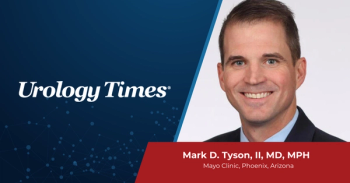
Mark D. Tyson, II, MD, MPH, recapped topline results from the BOND-003 trial of cretostimogene grenadenorepvec in papillary only BCG-unresponsive NMIBC.
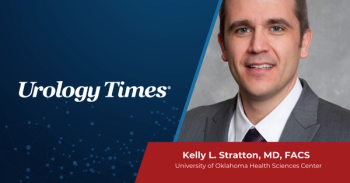
For patients undergoing salvage surgery or radiation, Kelly L. Stratton, MD, FACS, notes that previous focal therapy can influence outcomes.

TULSA patients were treated and discharged the same day.

Laura Bukavina, MD, MPH, offered her thoughts on the significance of the KEYNOTE-905 data and highlighted some remaining questions surrounding the regimen.

Stratton emphasized that the trial’s results provide greater confidence in recommending therapy and allow clinicians to counsel patients more decisively about next steps when PSA begins to rise.
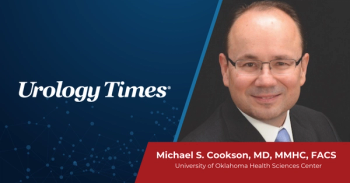
Michael S. Cookson, MD, MMHC, FACS, shares his thoughts on the most exciting recent advances in bladder cancer treatment.

Joshua J. Meeks, MD, PhD, discussed the emerging role of ctDNA in guiding adjuvant and neoadjuvant strategies in patients with bladder cancer.


Laser technology is expected to play a major role in the next wave of innovation.

Learn how suction has become central to contemporary ureteroscopic practice and how its integration is reshaping surgical decision-making, treatment algorithms, and the perceived role of percutaneous procedures.